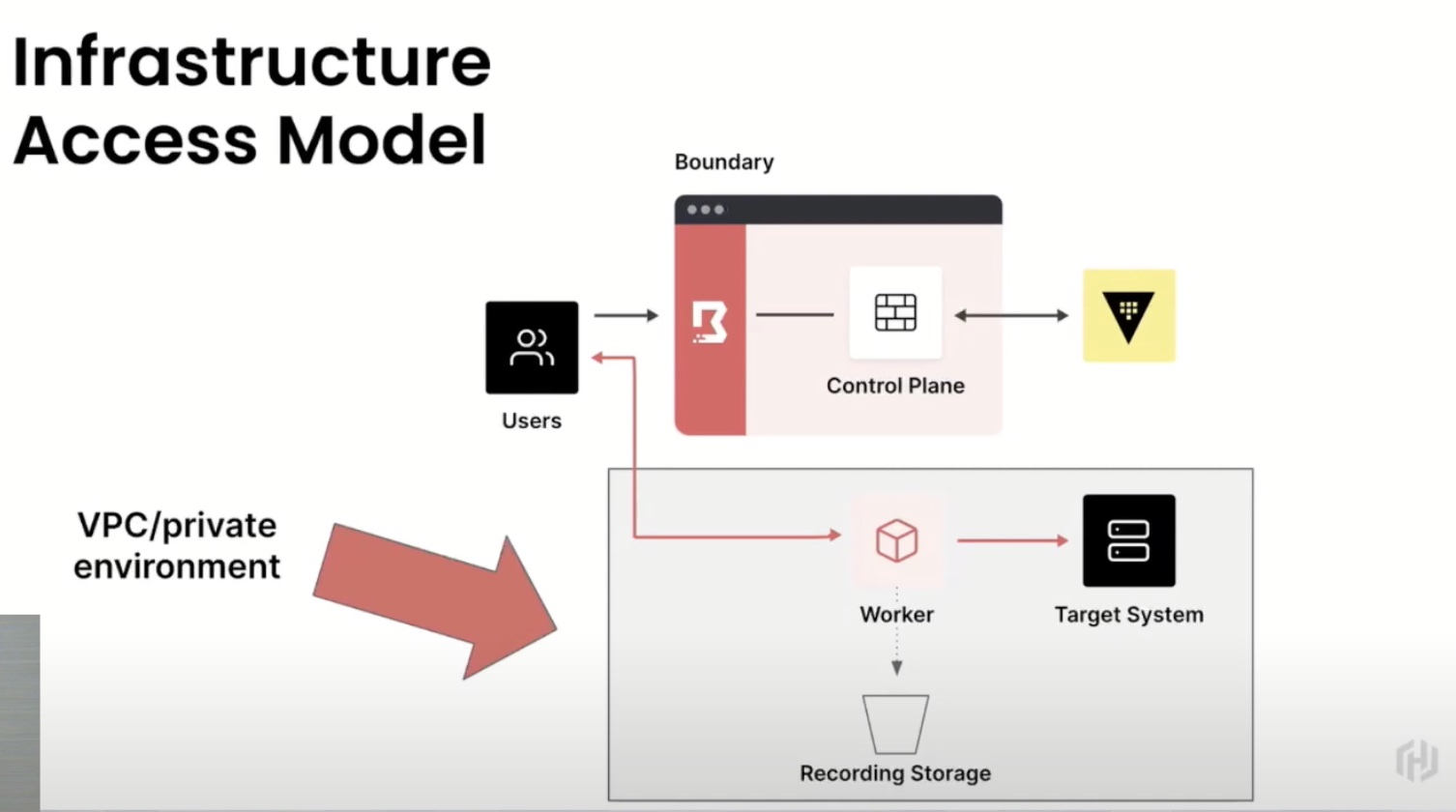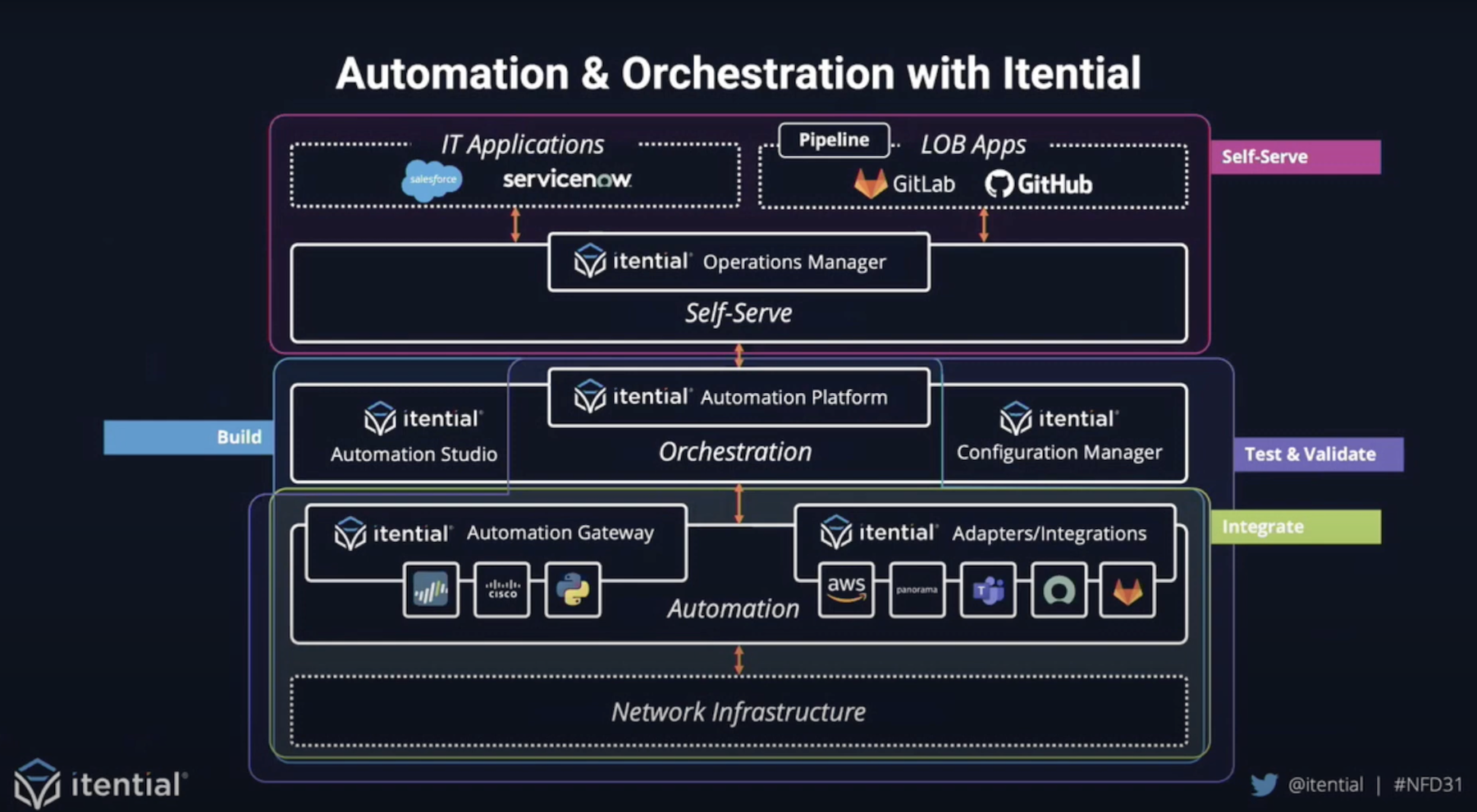Podcast: Play in new window | Download ()
Subscribe: Apple Podcasts | Spotify | Amazon Music | RSS | More
In my day to day work routine, I make a point to catch up on some technical sites. Sure, it is fun seeing what is going on in technology-land on a daily basis. However, keeping abreast of trends and issues in technology-land is super important.
This morning, I came across a very interesting article on slashdot.org. “Ask Slashdot: Do I Give IT a Login On Our Dept. Server?”. The question posed by the poster is as follows:
“I am head of a clinical division at an academic hospital (not Radiology, but similarly tech oriented). My fellow faculty (a dozen or so) want to switch from a paper calendar to electronic (night and weekend on-call schedule). Most have an iPhone or similar, so I envisaged a CalDAV server. The Hospital IT department doesn’t offer any iPhone compatible calendar tool, so I bought (with my cash) a tiny server, installed BSD and OpenLDAP for accounts, and installed and configured DAViCal. After I tested it out, I emailed IT to ask to allow port 8443 through the hospital firewall to this server. The tech (after asking what port 8443 was for), said he would unblock the port after I provide him with a login account on the machine (though ‘I don’t need root access’). I was taken aback, and after considering it, I am still leaning toward opposing this request, possibly taking this up the chain. I’m happy to allow any scan, to ensure it has no security issues, but I’d rather not let anyone else have a login account. What do the readers of Slashdot think? Should I give IT a login account on a server that is not owned or managed by them?”
So, my initial reaction was fielded by my internal System Administrator: WTF is this machine doing on the network? HIPAA violation anyone?!
However, after reading through some of the comments, my perspective changed. There was a blathering (if that is really a word) of comments ranging from “What is this machine doing on the network in the first place?” to “You should totally ask them why they want an account and they are totally going to get root and take over your server”. Event comments including “Just setup access on Google calendar and call it a day”. Sure, I could get behind one of these sides and be pissed off about the immediate situation. However, this is just a pointer to a relationship between any Corporate IT department and end users.
The issue that I see with all of this is rather than spending personal money to bring in an unsupported server into the environment is that this guy has actually identified a problem (not wanting to use paper calendaring) and would like a solution (CalDAV for iPhones, and such). This is the perfect opportunity to engage with IT and work with them to create a solution.
IT departments SHOULD be business enablers. They should be able to provide supportable, supported, and viable solutions to help enable the business to be more efficient and effective. There needs to be a process in which end users can introduce a new issues/project that they would like to have addressed in a organized manner. End users need to feel that IT is working to enhance their environment and not hinder their productivity. On the same note, IT needs to feel that end users are not pests that get in the way of getting their job done.
The interesting side effect of a good relationship between IT and end users in the situation above is the possible impact a proper solution could have. It may be the case that the hospital is already working on or has an existing solution for calendaring that may be expanded. Or, even better for the ego, this is a new project that may benefit the entire end user community and not just the local 10-12 people in the office. Suddenly, the user has improved the lives of everyone… he should have a parade in his honor!
[Picture From http://www.newsinus.us/wp-content/uploads/2011/01/Rose-Parade.jpg]
At the end of the day, we are all people… IT, end users, customers, executives… everyone. Building healthy working relationships between IT and end users is critical to ensuring end user needs are met and IT needs are met at the same time. We all benefit from these kinds of relationships.



![Rose-Parade[1] Rose-Parade[1]](http://virtualbill.files.wordpress.com/2011/04/rose-parade1_thumb.jpg?w=644&h=352)



